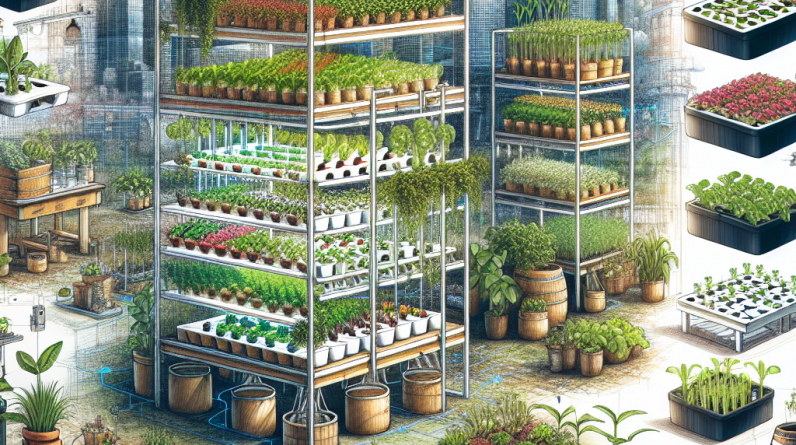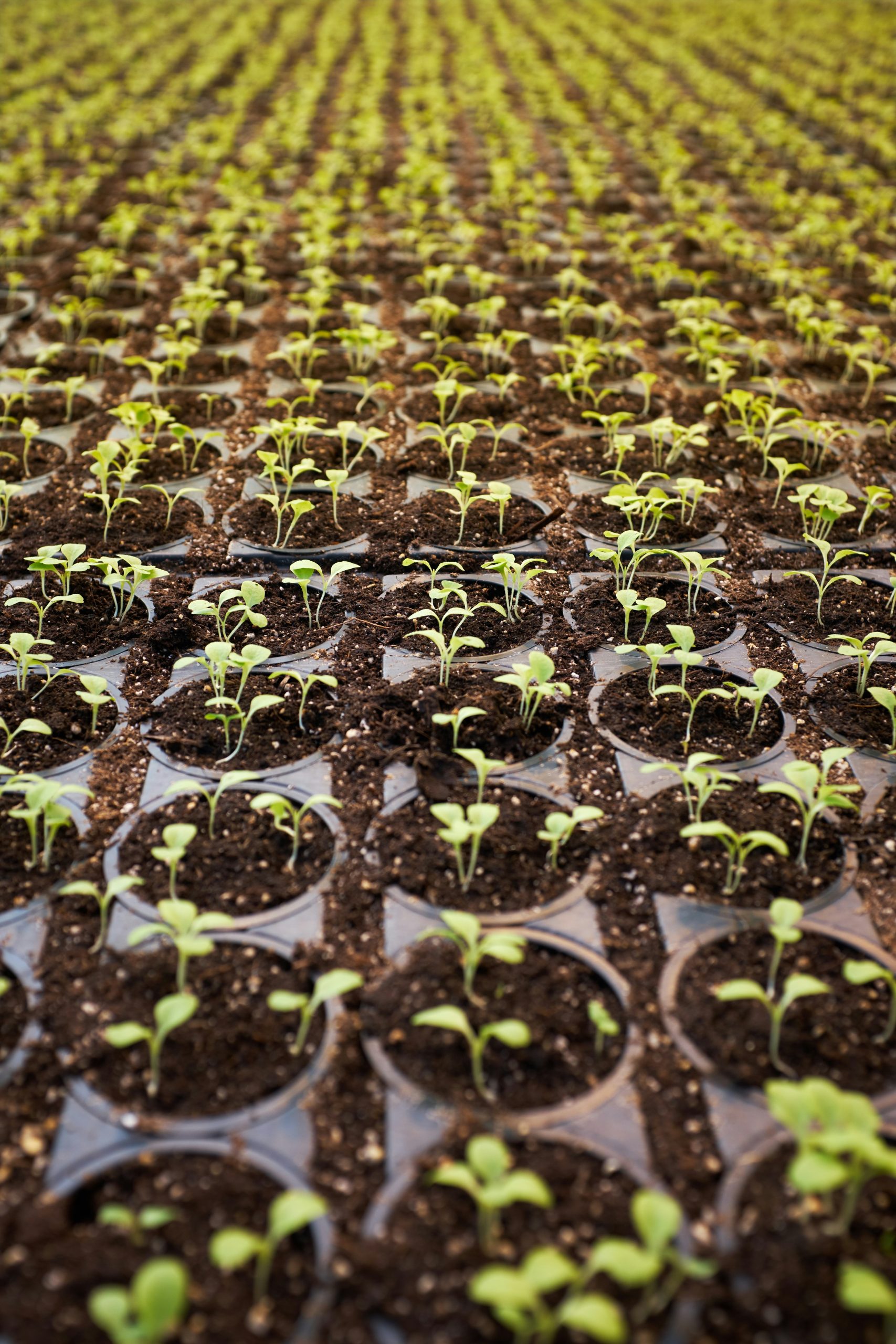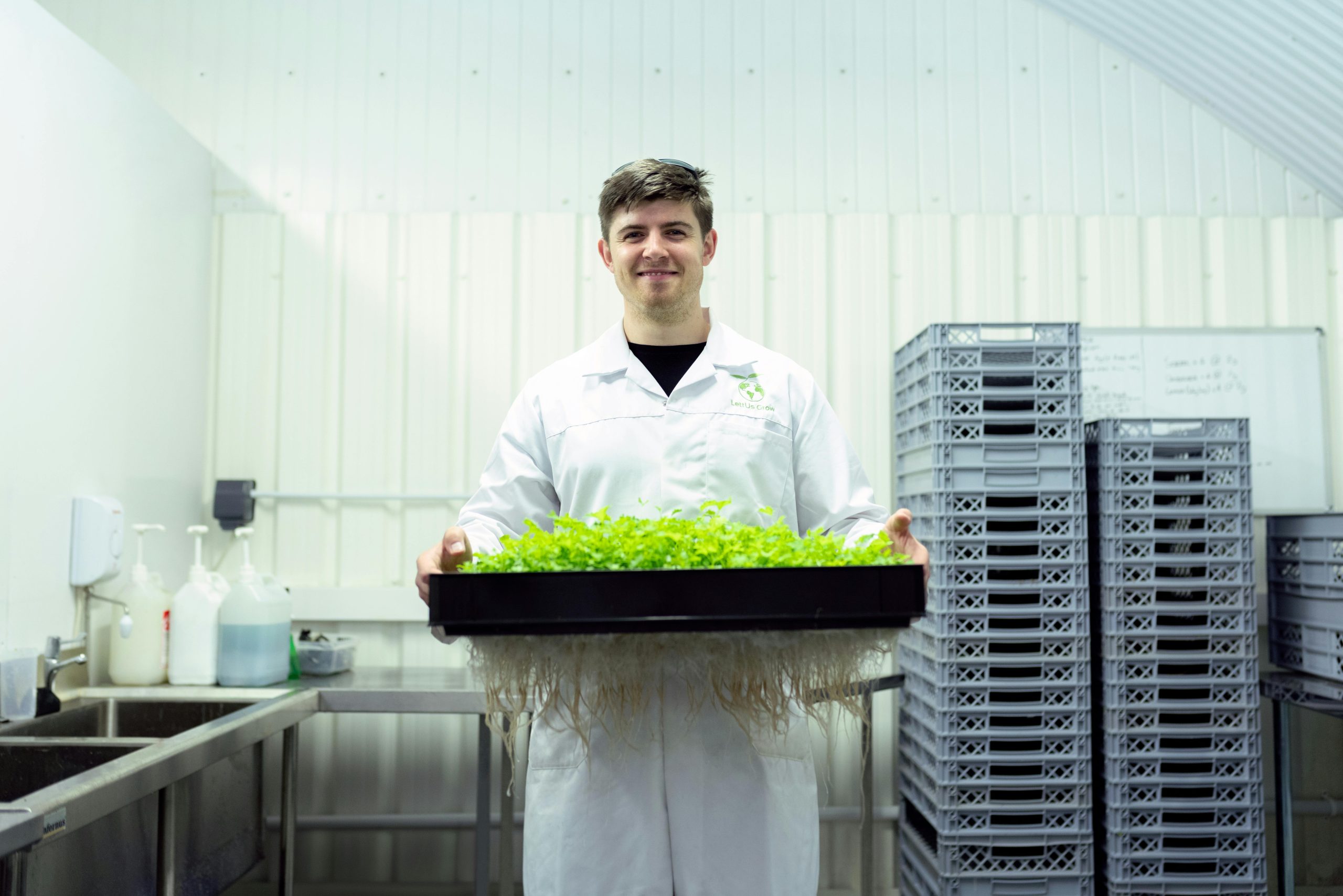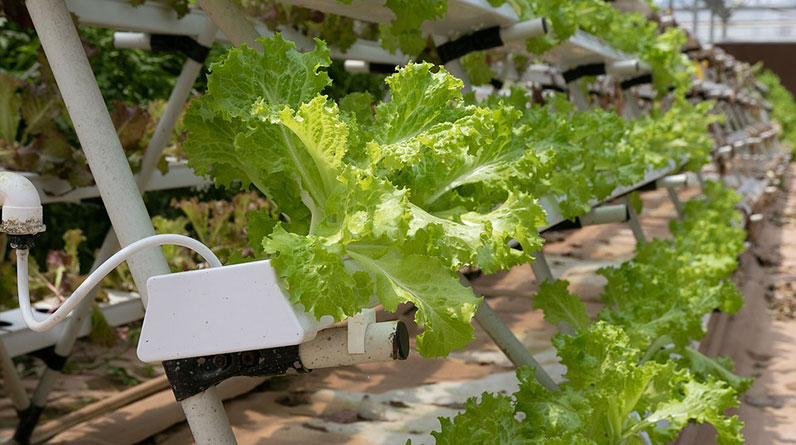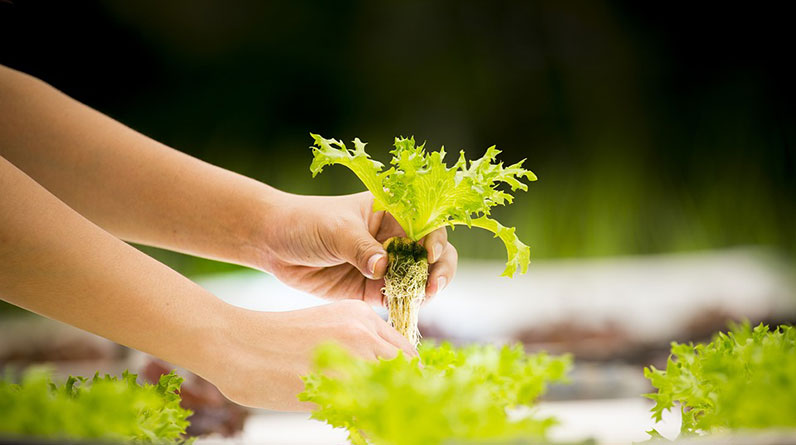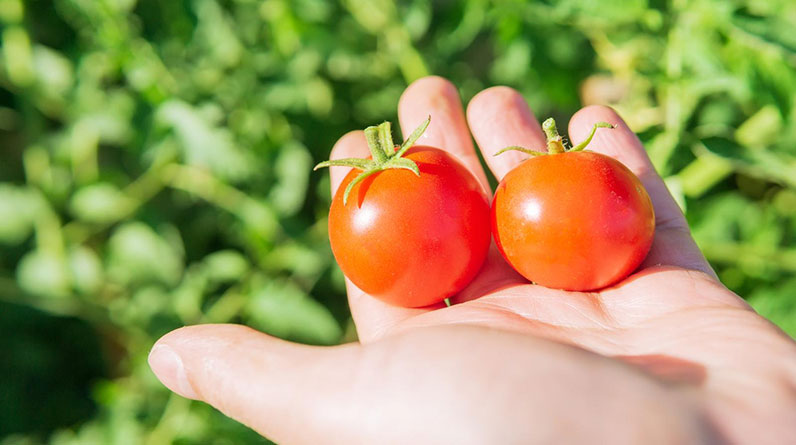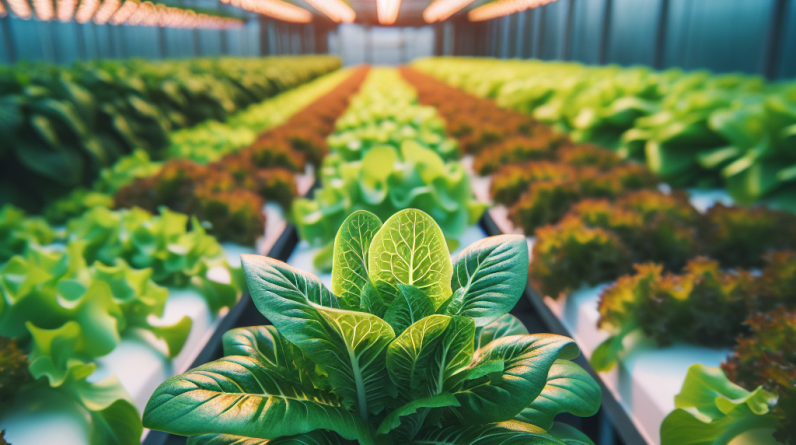
Understanding pH in Hydroponics
What is pH and Why Does it Matter?
So, let’s kick things off by unpacking what pH actually is. In simple terms, pH is a measure of how acidic or alkaline a solution is, ranging from 0 to 14. A pH of 7 is neutral, anything below is acidic, and anything above is alkaline. But here’s the kicker: in hydroponics, the pH of your nutrient solution plays a critical role in how well your plants can absorb those essential nutrients.
If the pH is too high or too low, it can lock out certain nutrients—leaving your plants hungry and unhappy. In my own gardening adventures, I’ve found that maintaining the right pH level can make or break the health of my plants.
When I first started out, I underestimated this factor. My tomatoes were looking lackluster, and it took a bit of research and some trial and error to realize that a slight tweak in pH could change the game. Understanding this fundamental concept made all the difference in my harvesting success.
Regular pH Testing
One of the first steps in mastering pH is getting into the habit of regularly testing your nutrient solution. There are a couple of ways to do this—pH strips or digital meters. I personally prefer digital pH meters because they provide a quick and accurate reading. Plus, I like knowing that I’m not squinting at a color chart and guessing!
Once you’ve got your testing method down, it’s recommended to check the pH at least once a week, or even more often if you’re noticing plant stress or changing environmental conditions. Keeping a little log of your readings can be a game-changer; I’ve learned over time how certain conditions, like temperature and nutrient changes, can affect my pH levels.
It’s not just about the frequency of testing, but also about what the readings tell you. For instance, if I notice the pH dropping too low, it may indicate that my nutrient concentration is too high or that my plants are consuming certain elements more quickly. Being attentive to these shifts helps me make timely adjustments.
Ideal pH Levels for Different Plants
Different plants have varying preferences for pH levels. For instance, leafy greens like lettuce generally prefer a pH between 5.5 and 6.5. On the other hand, tomatoes thrive in a slightly more alkaline environment, ideally between 6.0 and 6.8. Knowing the specific needs of the plants you’re growing is crucial to providing them the best care.
In my experience, when I tailor the pH to suit the specific plants in my hydroponic garden, I notice a dramatic difference in growth rates and overall health. Don’t just find a one-size-fits-all number; researching the ideal pH for each plant type is worth the time!
Also, remember that adjusting pH levels takes time and can sometimes lead to a temporary period of plant adjustment. I often find myself waiting a day or two after making pH adjustments to see how my plants respond before I jump into further alterations. Patience is key!
Adjusting pH Levels
Tools for pH Adjustment
Adjusting pH levels is where the fun can start, but make sure you’re geared up with the right tools. To raise the pH, you can use products like potassium hydroxide or sodium bicarbonate. In contrast, to lower it, phosphoric acid or citric acid can do the trick. I remember feeling daunted by all the chemicals initially, but once I figured out my go-to products, it felt much less intimidating.
When using these pH adjusters, it’s vital to start small. I always add a little at a time because it’s much easier to make incremental changes than to swing dramatically from one end of the scale to the other. A small tip I’ve learned is to wait a couple of hours after making an adjustment before testing again to see the final outcome.
Also, be sure to read the instructions on whichever product you use; different products have different strengths and recommended methods. Take it from me, the last thing you want is to dump in too much and have to scramble to fix it!
Hands-On Method for Adjusting pH
Now, let’s get down to the nitty-gritty of actually adjusting those levels. When a recent test indicated that my pH was too high, I carefully calculated the amount of citric acid I needed to bring it down to the desired range. It took heart and some trial, but my plants showed immediate signs of perkiness after just a few hours.
To apply the adjustment, I like to prepare a separate solution first. I mix the pH adjuster with a bit of water to dilute it before adding it gradually to my nutrient tank. This process not only provides a more even distribution but also helps in preventing any shock to the plants.
Once I’ve added the solution, I always give the nutrient tank a good mix before testing again. I can’t stress enough how important it is to monitor closely after making any adjustments—those little guys can be sensitive!
Monitoring and Continuous Adjustment
If there’s one lesson I’ve learned in my hydroponics journey, it’s that pH management isn’t a set-it-and-forget-it type of deal. Changes in water source, nutrient uptake, and even seasonality can cause fluctuations in your pH levels. That’s why I’ve developed a monitoring schedule to keep an eagle eye on things.
After making adjustments, I typically check the pH again after 24 hours, as things can settle and change quickly. This habit has saved me from potential pitfalls and allowed me to catch any sudden changes before they escalate further.
Equipping yourself with a good testing kit and staying dedicated to consistent monitoring can truly transform the quality of your hydroponic gardening experience. Trust me, your plants will thank you!
Common Mistakes When Managing pH
Neglecting Regular Testing
One of the most frequent hiccups I see beginner hydroponic gardeners encounter is forgetting to test their pH regularly. This can lead to a whole slew of nutrient deficiencies that can be hard to reverse once they set in. I’ve learned the hard way that if I neglect my testing, I can end up staring at sad, droopy plants that could easily have been pulled back from the brink.
To avoid this, I’ve set reminders on my phone. Seriously, little things like that can be lifesavers in maintaining consistency. Finding a routine that works for you makes it easier to stay engaged and proactive.
So, if you’re tempted to skip testing, just remember how much those tiny changes can impact the overall health of your garden. Stay ahead of the game!
Over-Correcting pH Levels
Another classic blunder is over-correcting pH levels. More isn’t always better, and it’s easy to get panicky when you see a reading that’s less than ideal. In my earlier days, I remember trying to race the pH from extreme acidity to alkalinity in one go, and oh boy, was that a disaster!
A good rule of thumb is to aim to adjust by no more than 0.5 pH points at a time. This gradual approach gives your plants time to adjust and avoids shocking them. Patience, my friends—it’s key!
Trust me; this is part of the learning curve. Experimenting while paying attention to how the adjustments affect growth can lead to a much smoother experience. It’s all about that learning process!
Ignoring Plant-Specific Needs
Each plant variety can have its own unique requirements, and ignoring this can lead you down a path of frustration. I’ve seen folks plopping any old set of parameters for all types of plants, leading to nutrient lockout and unhappy greens. What a bummer!
Spend a bit of time researching the specific pH preferences for the plants you’re growing. You’ll see the benefits almost immediately when you cater to their needs. A little knowledge goes a long way, and I’ve been rewarded with lush, thriving plants simply by adapting my methods.
Remember, gardening doesn’t have to be complicated. Just a few committed adjustments based on what your plants specifically need and you’ll be amazed at how much better they thrive. Make it a personal mission to cater to your garden’s distinct personalities!
Conclusion
Mastering pH levels in hydroponic gardening might initially feel overwhelming, but I assure you, it leads to happier plants and more bountiful harvests. With regular testing, proper adjustments, and a good understanding of your plants’ needs, you can avoid common pitfalls and really create an environment where your hydroponic garden can flourish.
So, take it from me, get those pH meters out and dive into the world of nutrient management—you won’t regret it. Happy gardening!
FAQs
1. Why is maintaining pH levels important in hydroponics?
Maintaining proper pH levels is crucial because it affects the plant’s ability to absorb nutrients. If the pH is off, certain nutrients can become locked out, leaving your plants unhealthy and stunted.
2. How often should I test my pH levels?
It’s a good idea to test your pH at least once a week, or even more frequently if you notice any signs of plant stress or environmental changes.
3. What are some common pH levels for popular hydroponic plants?
Generally, leafy greens like lettuce prefer a pH of 5.5 to 6.5, while tomatoes thrive between 6.0 and 6.8. Always check specific needs for each plant type!
4. Can I use household items to adjust pH levels?
Yes, some household items like baking soda can raise pH levels, while lemon juice can lower them. However, it’s crucial to be cautious with the amounts you use to avoid over-correction.
5. What should I do if my plants show signs of distress?
If your plants appear stressed, test your pH levels first. If the pH is not within the ideal range for your specific plants, you may need to make adjustments. Also, look into other factors like nutrient concentration and environmental conditions.


